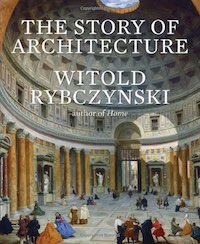
RULES
by Witold | Apr 2, 2020 | Architecture, Design
A friend of mine recently emailed me a telling criticism of New Urbanism. “I’ve noticed a strange need to quantify everything from these guys. It’s almost like they are trying to deduce a pattern . . . and even worse . . many would lean toward legislating the pattern.” There it is in a nutshell. Of course, ever since Palladio wrote Quattro Libri, architects have been fascinated by the dimensions of things—of rooms, ceilings, doors, windows, and so on. Palladio had rules about all of them. But he was always careful to allow for exceptions. Writing about the height of ceiling vaults, for example, he observed, “There are other heights for vaults which do not come under any rule, and the architect will make use of these according to his judgement and practical circumstances.” Judgement, not legislated patterns.
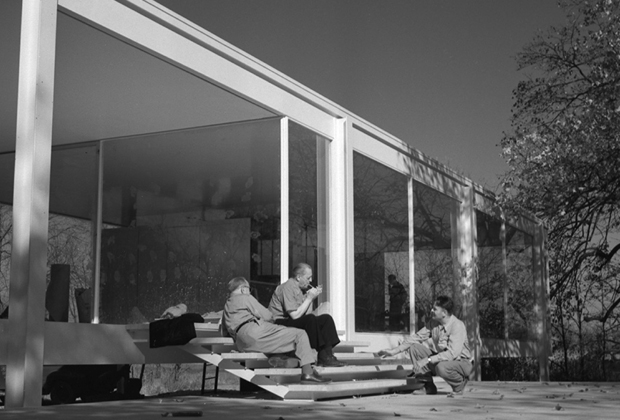
GLASS FOLLY
by Witold | Mar 23, 2020 | Architects, Architecture
Alex Beam’s interesting new book on the saga of the Farnsworth House, which I reviewed in the Wall Street Journal recently, raises an interesting question. How can a house that has so many functional drawbacks, that is basically dysfunctional, be considered a modernist masterpiece? The answer reveals more about modernism than it does about masterpieces. Modernist buildings are often described as clean and functional. Beam’s book makes clear that the glass house in Plano was neither. The glazed wall got sooty from the heating system, and was covered with condensation during cold weather. Dr. Farnsworth spent the first part of her summer weekends hosing down the exterior. A glass box gets unbearably hot in the summer, a porch without netting is unusable in a mosquito infested riverbank, and a kitchen organized in a straight line is not really convenient. The list goes on and on. Beam’s account makes clear that these shortcomings were not really accidents—Mies was simply willing to ignore practicalities. He used fragile travertine as an exterior paving, ignored issues like ventilation, and built perilously close to the Fox River, which regularly flooded. Nor, despite the bare-bones appearance of his buildings, was he really a skilled builder. The eaves were so poorly detailed they leaked almost immediately. He was an aesthete—appearance was all. Like the builder of a Victorian folly, Mies took an architectural conceit to its ultimate and illogical end.
Photo: Mies (center) during the construction of the Farnsworth House
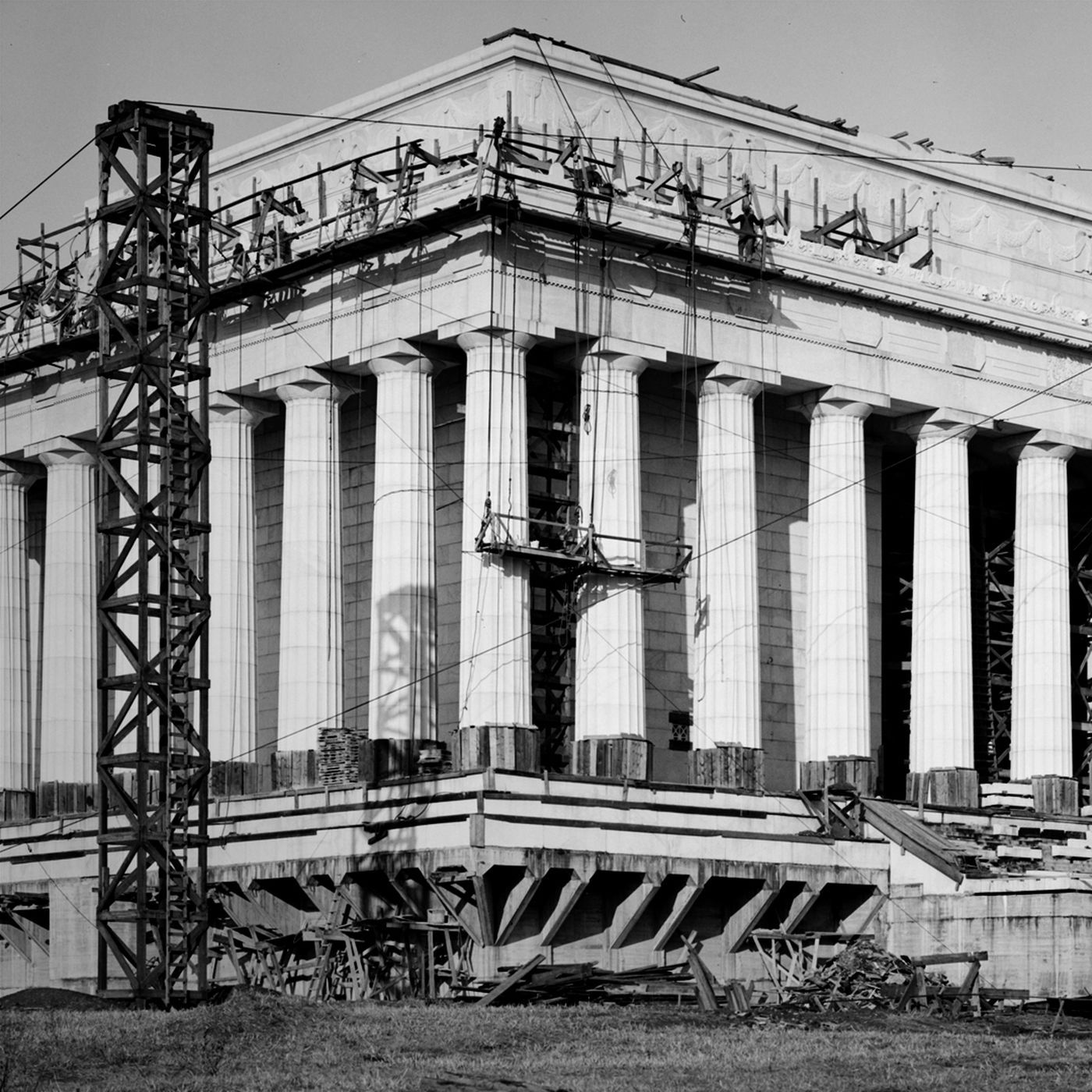
FAKE TEMPLES
by Witold | Feb 11, 2020 | Architecture
“What’s So Great About Fake Roman Temples?” asks the smarmy New York Times headline. The obvious answer is the Lincoln Memorial (even though it’s actually a fake Greek temple). The Lincoln Memorial was not built by men in peruques and tricorn hats, but by modern Americans—it was completed in 1922. Nothing fake about it—it is built of Yule marble quarried in Colorado. It also incorporates all the optical refinements of ancient Greek architecture—entasis, slightly tilted columns, a curved stylobate—at the same time it is not an attempt to build a replica. Greek temples didn’t have flat roofs and skylights, and they were never entered on the long side. Henry Bacon’s beautiful design is full of such “inauthentic” features. When the Lincoln Memorial was built many fulminated against it—Sullivan and Wright hated it–and they were wrong. Of course, the Lincoln Memorial gains strength from the important events it has witnessed—Marian Anderson’s landmark performance, Marin Luther King Jr.’s speech. Like all good architecture it exists in the present as well as the past.
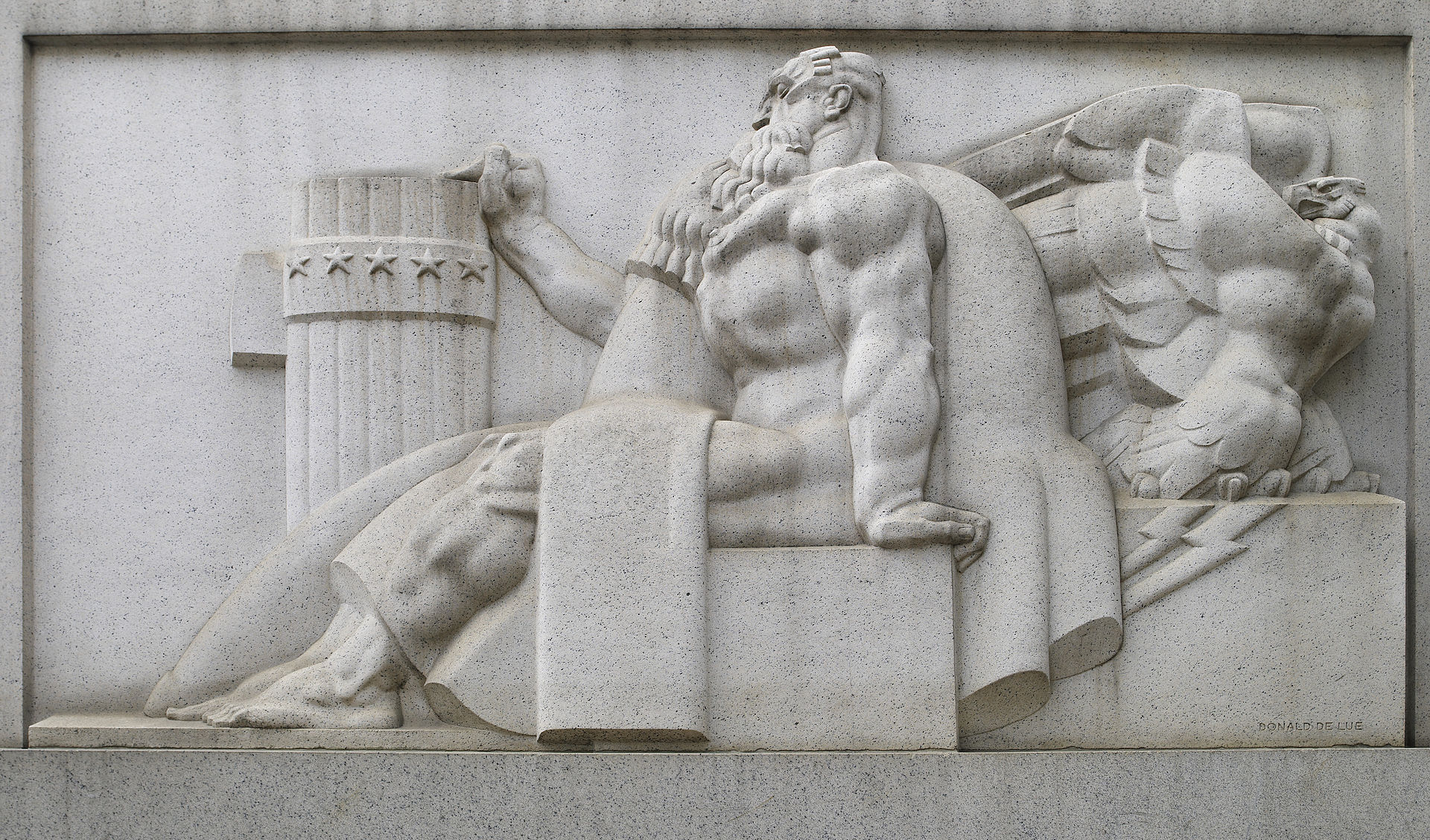
MAKE AMERICA CLASSICAL AGAIN
by Witold | Feb 6, 2020 | Architecture
The proposed executive order announced by the White House, “Making Federal Buildings Beautiful Again,” has ruffled architectural feathers, according to a New York Times article. I haven’t read the order but it appears that it would make classical architecture the default style for federal buildings. Until about the 1930s, that was the de facto situation: virtually all federal buildings such as courthouses were classical. At that time there was no formal mandate—it was simply what most people, including most architects, felt was the right thing to do. The old federal courthouse, now the Nix Federal Building, on Chestnut Street in Philadelphia, is one of my favorites. It was designed by Harry Sternfeld in 1937-41, in a stripped classical style influenced by his Penn teacher, Paul Cret. You know it’s a courthouse and not an office building because of monumental limestone facade and the bas-relief panels (above) at street level. Of course “classical” covers a multitude of styles—Greek Revival, Beaux-Arts, Federal, Georgian, and what Cret called New Classicism. The challenge of modernism is that it covers . . . almost anything. The result is that you get courthouses that look like corporate office buildings and atrium-equipped government buildings that resemble casinos or upscale resort hotels. Or real clunkers like the FBI Building in DC. The Times’ article quotes modern architects invoking “freedom of expression” in regards to the executive order, which is not very convincing since modernism has traditionally been extremely close-minded when it comes to expression, i.e. there’s only my way.
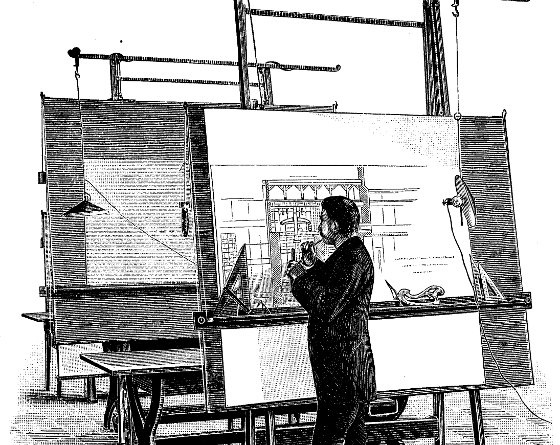
A CURIOUS BUSINESS
by Witold | Jan 25, 2020 | Architecture
The practice of architecture follows a curious business model. A painter’s work can grow in value over time (depending obviously on demand). A writer collects royalties, and if the reading audience grows, so do his or her advances. A businessman’s business can increase in value as sales increase. If a start-up is successful, it can hope for a buy-out. But for the architect every new commission is, in effect, a fresh start—a new client, a new program, a new site. Every project is a custom job; there are no real economies of scale. A particularly successful building design cannot be repeated—there are too many variables. In an age of mass production, architecture—even at the low end—remains a custom craft, like bespoke tailoring or luxury boatbuilding. It is true that star architects can charge higher fees, but spending more time on design—which a star office is required to do—can soon eat up the premium. And star architects are obliged to compete for prominent commissions, which costs money, too. It is difficult for architects to benefit financially from their expertise—if a particular building is commercially successful, attracting shoppers, or tenants, or buyers, it does not benefit the building’s architect. He is busy looking for the next job.

SNEAKERS VS. BROGUES
by Witold | Jan 4, 2020 | Architecture, Modern life
“Classic designs have the charm of a good pair of brogues. They last for years and the older they are the better they fit.” So begins the abstract to a recent article in New Design Ideas on the advantages of architecture that is built to last. The advantages are legion: energy savings over the long run, less disruption to the environment, buildings that gain the affection of generations of users. The authors point out that the limited range of building materials that are durable and can last has been developed over centuries of trial and error. New building materials are tested, of course, but only in the laboratory, and only in accelerated time—definitely not for centuries. That explains the failure of so many buildings from the immediate postwar period, when architects rushed to use reinforced concrete as an exterior finish material, or newfangled plywood and fiberglass. But I was struck by the authors’ footwear analogy. Most people don’t wear brogues; they wear sneakers, or trainers, as the British insist on calling them. (Mine are New Balance 411s, generic black walking shoes). Sneakers are cheap and comfortable. They don’t last for years but they fit well from the get-go. They are replaced—as often as every season by the fashion conscious. They are intended to impress, even startle (judging by the recent models), but not to charm. Just like most new buildings, alas.

ASTROTURF IN THE HOLY CITY
by Witold | Dec 10, 2019 | Architecture
An article in the New York Times Real Estate section is titled “The Charleston You Haven’t Seen” and it describes a “gem” of a house that I certainly hadn’t seen on my visits. It’s a cartoon version of a gable-roofed house. There is a front yard (typically houses in the Holy City don’t have front yards),and lest you take that too seriously, it’s finished in Astroturf. And the house is painted black. The readers’ “Comments” are worth reading, especially those of the neighbors. My favorite is from California: “This isn’t ‘The Charleston You Haven’t Seen.’ It’s a single, hyper-modernistic uber-designer house that has no relation to its environment. It could be located in any city, and refers to nothing outside itself.”

THE CROWN
by Witold | Nov 28, 2019 | Modern life
As a confirmed Anglophile I can’t resist another season of The Crown. But the episode “Dangling Man” that dealt with the Duke of Windsor left me dissatisfied. In a BBC interview, the Duke (played by Derek Jacobi) gives the impression that he was forced to abdicate in large part because of his progressive views of the role of the monarchy. He was hardly a progressive. In 1937, after his abdication and marriage to Wallis Simpson, the couple visited Germany, were well received by Hitler, and thereafter proved active appeasers. There was much talk of their pro-Nazi sympathies and intrigues with highly-placed Nazis. This all led Churchill, who had been a supporter of Edward VIII, having him appointed governor of the Bahamas to get him out of England. The TV series suggests that Prince Charles was close to and admired his uncle. Is that why the Queen, now 93, has refused to step down in favor of her son?

AMERICA THE BEAUTIFUL
by Witold | Oct 18, 2019 | Modern life, Urbanism
I recently received my new passport. The pages for stamps and visas are decorated with images, as they have been in the past, but this is the first time I looked at them closely: a windjammer and a lighthouse; a steam engine pulling a train in a Western landscape; a farmer plowing a field with a team of oxen. Not one of the images is contemporary, with the exception of a communications satellite on the inside back cover. The pictures generally invoke a (rosy) pre-industrial past. And except for Independence Hall, there is not a hint of urbanity. America is apparently a land of open spaces, not a city to be found in the place.

IN MEMORIAM
by Witold | Oct 4, 2019 | Design
On January 8, 1958, a fire broke out on the Norwegian ship Earling Jarl while the vessel was docked in Bodø, a small coastal town north of the Arctic Circle. The ship was part of the Hurtigrutten (Express Route), which serves small isolated communities up and down the coast carrying mail, goods, and people. The route is between Kirkenes in the north and Bergen, about five days sailing. The Earling Jarl fire took the lives of fourteen people. A small bronze memorial stands in the town to commemorate the event—and the victims. The artist is Istvan Lisztes, a Norwegian sculptor of Hungarian descent. Although I have taken the Hurtigrutten I have not seen the memorial. But from the photograph it seems like a perfect commemoration: small, unostentatious, attractive, and full of feeling. In an era of pompous, obscure, and sprawling memorials, there is a lesson here.
THE LATEST
